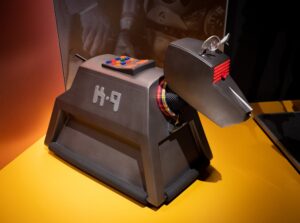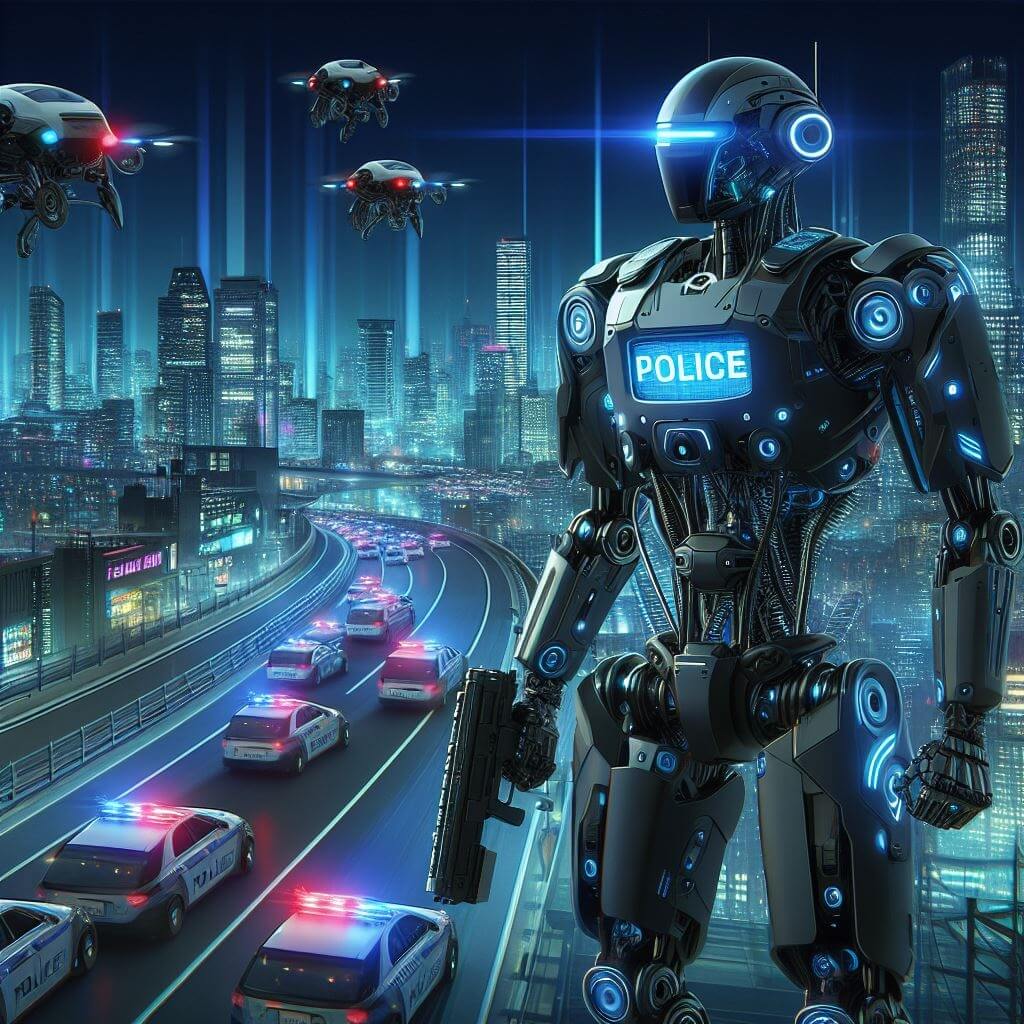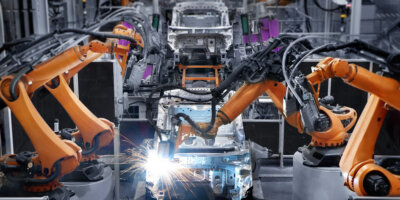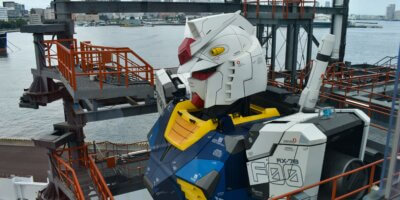
Are robots the future of law enforcement? (Image generated by AI).
Robots for law enforcement – can we trust them?
- More law enforcement agencies around the world are considering robots to help them.
- However, there are still concerns that the robots could do more harm than good.
- Singapore is the only country in Southeast Asia with law enforcement robots.
Remember Robocop? The fictional cyborg, part human and part machine, was a no-nonsense law enforcer. Robocop had facial recognition technology, access to public databases, and enhanced reflexes, boosting its speed and strength.
While Robocop was a fictional character, law enforcement agencies worldwide have started adopting machines into the force. These machines resemble small cobots and are deployed in public places to monitor and ensure public safety.
Some of these robots have been enhanced with more features to boost their capabilities. For example in 2017, OTSAW launched the world’s first self-driving car. The O-R3 is an autonomous outdoor security robot that can patrol streets and undertake surveillance. The robot built into a small vehicle has a drone that can be launched for surveillance purposes.
But that was in 2017. Generative AI was still being developed, and 5G was still in its infancy. Compared to the technology available today, law enforcement robots can do much more than just patrol.

Law enforcement robots are all very well, but do they come with a nose blaster? (Image from Shutterstock).
For example, in the US, robotic dogs are being used by the NYPD and LAPD. Wired reported that NYPD is initially reintroducing the robot dogs after stopping the service due to privacy concerns. Spot, the new robotic dogs from Boston Dynamics, cost about US$75,000 and will be deployed in specific instances where the danger for humans is high.
Besides robotic dogs in law enforcement, the NYPD also tests Knightscope K5. The human-sized robot is equipped with cameras, sensors, and speakers. It’s meant to patrol and surveil its surroundings, deterring break-ins and vandalism.
K5s have also been deployed in test cases to spy on the streets in places like Silicon Valley in California, where they’ve mostly been met with mocking suspicion and drunken violence. In Los Angeles, police officers used a robotic dog to bring a man into custody after a three-hour standoff recently.

NYPD is hoping robots can help with law enforcement.
Law enforcement robots in Singapore

Does the NYPD robot shape – flared base, tapered to a round dome – remind anyone of anything?
In Singapore, the Singapore Police Force is testing two security robots at Changi Airport. Standing at seven feet tall, the robots are meant to project additional police presence and serve as extra eyes on the ground in one of the busiest airports in the world.
According to a report by CNN, the robots can enforce cordons and warn bystanders using their blinkers, sirens, and speakers while they wait for human officers to arrive. Public members can directly communicate with the force by pushing a button on the robot’s front.
Each robot has built-in speakers that broadcast audio messages and a rear LCD panel displaying visual messages. They stand roughly 1.7 meters tall but have extendable masts that add up to another 2.3 meters.
They are also equipped with multiple cameras, giving them 360-degree vision, giving airport police “unobstructed views” for “better incident management,” it added.
Singapore is the only country in Southeast Asia using robots for law enforcement. The Malaysian police force is currently studying the use of robots but has yet to announce any plans to try them in the city soon.

Most of these robots are only used for surveillance and monitoring purposes. Because that’s not creepy at all. (Image generated by AI).
Can society trust these robots?
Given the increased use of robots for law enforcement, some concerns have also been raised. Firstly, society is concerned about its privacy with robo-enforcers on the streets. As these robots have cameras capable of getting a much better view compared to a human, there are concerns that there could be some misuse of the machines.
Privacy is also one of the reasons why the NYPD initially stopped using robotic dogs in their patrols and such. Despite these concerns, there still have not been any incidents in which a machine has malfunctioned or compromised anyone’s privacy.
Another concern is the security of the robots themselves. Given that machines are hackable, some people are concerned that cybercriminals could hack into these machines and use them to cause more problems to society. While there have been no such incidents to date, these robots are also built with adequate cybersecurity measures to ensure they can’t be easily compromised. Allegedly.
One highly anticipated robot in law enforcement is Tesla’s Optimus robot. Despite many looking forward to the debut of the human-like robot, there has been a heated debate about its use in law enforcement. While proponents tout their ability to improve efficiency and safety in dangerous situations, critics raise serious concerns about the ethical implications of deploying such powerful technology under the control of police forces already facing issues with trust, civil rights violations, and excessive force.
It is also important to note that most robots are only used for surveillance and monitoring. They do not carry weapons or have any weapons attached to them. Put simply, it’s least likely that a robot will go rogue and go on a killing spree with a weapon. But it could be an entirely different scenario if they were to be weaponized.
READ MORE
- Safer Automation: How Sophic and Firmus Succeeded in Malaysia with MDEC’s Support
- Privilege granted, not gained: Intelligent authorization for enhanced infrastructure productivity
- Low-Code produces the Proof-of-Possibilities
- New Wearables Enable Staff to Work Faster and Safer
- Experts weigh in on Oracle’s departure from adland




